- News
- Reviews
- Bikes
- Accessories
- Accessories - misc
- Computer mounts
- Bags
- Bar ends
- Bike bags & cases
- Bottle cages
- Bottles
- Cameras
- Car racks
- Child seats
- Computers
- Glasses
- GPS units
- Helmets
- Lights - front
- Lights - rear
- Lights - sets
- Locks
- Mirrors
- Mudguards
- Racks
- Pumps & CO2 inflators
- Puncture kits
- Reflectives
- Smart watches
- Stands and racks
- Trailers
- Clothing
- Components
- Bar tape & grips
- Bottom brackets
- Brake & gear cables
- Brake & STI levers
- Brake pads & spares
- Brakes
- Cassettes & freewheels
- Chains
- Chainsets & chainrings
- Derailleurs - front
- Derailleurs - rear
- Forks
- Gear levers & shifters
- Groupsets
- Handlebars & extensions
- Headsets
- Hubs
- Inner tubes
- Pedals
- Quick releases & skewers
- Saddles
- Seatposts
- Stems
- Wheels
- Tyres
- Health, fitness and nutrition
- Tools and workshop
- Miscellaneous
- Buyers Guides
- Features
- Forum
- Recommends
- Podcast
review
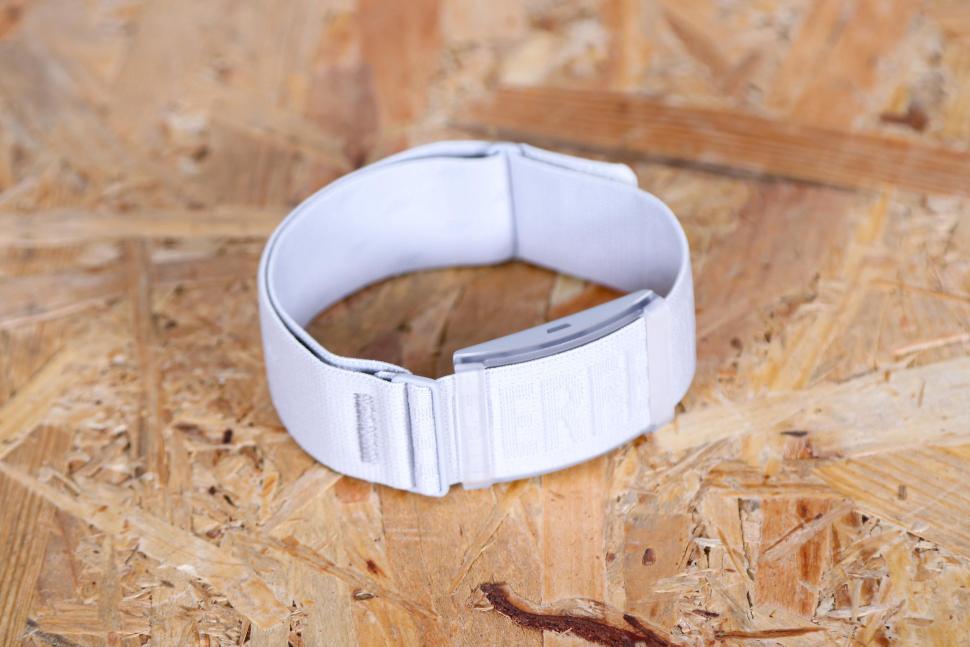 2024 Coros Heart Rate Monitor - 1.jpg
2024 Coros Heart Rate Monitor - 1.jpg£69.00
VERDICT:
Straightforward arm-mounted heart rate monitor that does the basics well
Comfortable strap
Washable
Automatically switches on and off
Niche charging cable
The app is pretty defunct without the watch
Limited functionality
Weight:
20g
Contact:
At road.cc every product is thoroughly tested for as long as it takes to get a proper insight into how well it works. Our reviewers are experienced cyclists that we trust to be objective. While we strive to ensure that opinions expressed are backed up by facts, reviews are by their nature an informed opinion, not a definitive verdict. We don't intentionally try to break anything (except locks) but we do try to look for weak points in any design. The overall score is not just an average of the other scores: it reflects both a product's function and value – with value determined by how a product compares with items of similar spec, quality, and price.
What the road.cc scores meanGood scores are more common than bad, because fortunately good products are more common than bad.
- Exceptional
- Excellent
- Very Good
- Good
- Quite good
- Average
- Not so good
- Poor
- Bad
- Appalling
The Coros Heart Rate Monitor is easy to use, connecting quickly and simply with accompanying apps. In contrast to many monitors, it is arm mounted and doesn't have many features, but it does the simple things well and it integrated into my workout routines easily. The accompanying Coros app is straightforward even when you aren't using a Coros watch, though it's not particularly useful.
On a practical level, too, the Coros has few flaws: it has a washable strap, it's splashproof, it has 38 hours of battery life and it charges quickly. It would be more convenient to use a different USB attachment, and it'd be useful to be able to track your heart rate through the Coros app, but those small gripes don't affect its overall usefulness.
> Buy now: Coros Heart Rate Monitor for £69 from Coros
Once you've paired the Heart Rate Monitor (HRM) to the Coros app via the QR code or Bluetooth – it took a while to detect the QR code so I used Bluetooth instead – the app will direct you to instructions on how to use it without a Coros watch. So straight away, the app is more or less redundant unless you have the Coros watch. Clearly, this HRM would have additional capacity when used with a Coros watch, but, as I discovered, this wasn't a major drawback.
The app tells you that you can use your "HRM without a Coros watch by setting up a connection with a third-party app". It then provides a list of compatible apps, with instructions for each. The compatible apps are Strava, Polar, Adidas and Nike.
However, I found it very easy to link the Coros to my bike computer – a Wahoo Elemnt Bolt – via the Wahoo app, which suggests that it works with any app rather than just the ones listed. If you are already pretty au fait with how your apps work then none of this should be a problem. It pairs with up to three apps at once, which is a handy option.
Opening up Strava, for example, and choosing the 'Record' option, your heart rate instantly displays at the bottom of the screen. You will need to have Strava Premium to analyse your heart rate data, but Wahoo will allow you to look at this without any additional subscription.
The data was pretty much what I expected. I had no reason to doubt the reliability of the reading at the end of my ride, though occasionally I would look down at my Wahoo mid-ride and see a sub-100 heart rate as I crested a 2km climb, which I found pretty hard to believe. This may have just been a lag in the Bluetooth communication between the Coros and the Wahoo, as the data overall looked well within the expected parameters.
> Buyer’s Guide: Best heart rate monitors
In order to compare the Coros' recording accuracy, I wore it at the same time as a Garmin Forerunner 745 smartwatch and compared the data. The graphs displayed the data differently (shown below, Coros top, Garmin bottom), but the increase, decrease, and plateau were identical on both of the monitors. As I'd hoped, the Coros was recording accurately.
The Garmin also uses LEDs to record heart rate. It's certainly a good sign that the Coros is recording the same data as a watch that costs over £200.
Lights action
There is a small light on the side of the Coros that flashes different colours to indicate "charging" and "in use".
Four very bright green LED lights beam into your arm to help detect heart rate, and these go off promptly once it's taken off your arm. This is what sets it apart from most chest monitors, which use sensor pads.
External light can mess with these sensors, so it's important to keep it totally flush with your skin. Coros says that the arm is a better place to record blood flow than the top of the wrist, and will produce similar accuracy levels to chest monitors.
Strap
The strap is constructed from soft elastic and does feel well made. I didn't find it annoying to wear underneath my layers as it didn't catch or snag on anything.
It can be adjusted to different widths, and I can't imagine a situation where it wouldn't fit someone. It isn't possible to adjust the strap while it's on your arm, it must be removed and then – with two hands – it's possible to slide the buckle up and down.
The sensor slides off so you can wash the strap easily.
Charging
It's charged via a USB Type-A cable which isn't one you come across very often. Being the scatterbrain I am, I have already misplaced the cable a few times and there definitely won't be a spare one of these lying around in the house. A more universal USB port would be preferable. The monitor port is magnetised so the cable is drawn towards it and clicks together satisfyingly.
Charging times were quick and within the expected parameters. The battery life matched up with Coros' claimed 38 hours of full usage, and while I wasn't able to test the 80 days of standby, it was still holding charge after sitting in a drawer for a week. You have to go into the Coros app to check the battery life.
Water resistance
It's water resistant to 3 atm, which means it's splashproof but can't be fully submerged. This was fine for my uses. It's less sweaty wearing it on the arm than on the chest, but it is more exposed to the rain.
Value
Compared with chest strap monitors, the Coros isn't a cheap option, and while it does have some useful attributes like attaching to the arm, essentially it is just a screenless heart rate monitor without any different modes or options. The optical light sensors make it feel more high-tech, but there doesn't seem to be total agreement on whether it is more accurate in real-life use than chest monitors. Plus you need to recharge this weekly, while chest HRMs mostly survive on a battery that'll go for a year or more.
The Wahoo Tickr, for example, costs £39.99 and Dave was very impressed with its simple but effective design.
But, catering for the arm gang, Wahoo's Tickr Fit Armband Heart Rate Monitor is just a fiver less than the Coros, and also uses optical heart rate technology to get an accurate reading.
In contrast to the Coros, the Polar Verity Sense Optical Heart Rate Sensor has a range of different modes. It uses something called PPG to record data, which differs slightly from the optical lights used by the Coros, though it won't make much difference to the average user. The Polar can be used without a phone or bike computer by setting the sensor to a basic record mode. It has 30 hours of battery life, which is shorter than the Coros.
John enjoyed using it but found the recharging unit a little odd. You can use it for swimming, too, but it's a slightly more expensive option at £86.50.
Stu tested the more upmarket Garmin HRM-Pro Plus, which will set you back even more – £119.99. He recommended it for those who are already tooled up with Garmin gear as it will work really well with the Connect app, storing data while you are out of range and then uploading it later on. The Garmin isn't rechargeable, instead using a CR2032 disposable battery which lasts for around a year. If you're after simplicity, though, he recommended Garmin's HRM-Dual at £59.99, which will do the basics well.
Conclusion
I'm a big fan of the Coros, which is a good purchase for anyone with pretty straightforward HRM needs who prefers an arm-mounted monitor. You'll need to recharge it every week, and it's pretty basic in terms of its performance capability, but that was fine for me. The design is great, and unlike some chest monitors there are no small parts you could potentially lose. That said, I challenge you to not lose the charger at some point.
Verdict
Straightforward arm-mounted heart rate monitor that does the basics well
road.cc test report
Make and model: Coros Heart Rate Monitor
Size tested: One size
Tell us what the product is for and who it's aimed at. What do the manufacturers say about it? How does that compare to your own feelings about it?
From Coros:
Compatible with any Bluetooth heart rate-enabled device, the COROS Heart Rate Monitor delivers over 38 hours of continuous accurate heart rate monitoring to track your workouts in distraction-free comfort.
EASY TO WEAR.
NOTHING TO DISTRACT.
SLEEK & SNUG
Simpler to wear than a chest strap, our soft fabric band lays flat around your arm and locks in place with its textured surface. The low-profile design prevents snagging on clothes or gym equipment, allowing you to forget you're even wearing it.
FLEXIBLE FIT
Set the perfect placement and tension on the durable elasticated band by simply sliding the buckle until it feels snug. The secure velcro enclosure enables you to quickly remove the sensor to easily wash the band.
DESIGNED FOR ACCURACY.
BUILT TO LAST.
ADVANCED SENSOR.
Our latest generation multi-channel optical sensor provides high signal quality. Housed in a tough yet sleek body and protected under a scratch-resistant cover, our advanced sensor will deliver reliable and accurate heart rate data for years.
SUPERIOR BAND
Optical heart rate sensors work best when they're held securely against the skin. Our band is designed to cradle the sensor flush against your arm to prevent external light from getting in to keep the signal quality strong, no matter your activity.
NO BUTTONS.
NO FUSS.
LASTING POWER
With 38 hours of full operation or 80 days of standby on a single charge, the COROS Heart Rate Monitor is built to endure. View the battery level on your COROS watch or app and use the magnetic cable to quickly recharge.
WEAR DETECTION
With built-in wear detection, the COROS Heart Rate monitor automatically powers on and off based on when it is worn. Allowing you to automatically connect to your paired devices every time you start a workout.
MULTIPLE CONNECTIONS
Designed to work seamlessly with your favorite COROS watches and app, it can also simultaneously pair with up to three devices, including non-COROS watches and other Bluetooth-compatible indoor trainers, bike computers, and more.
WHY THE ARM?
Optical heart rate sensors work by using light to measure blood flow in capillaries beneath the skin. The top of your wrist is a convenient place for a watch, but is a challenging location for even the best sensors. Wearing on the arm offers our optical sensor an optimal amount of blood flow to gather heart rate data with accuracy equivalent to that of a traditional chest strap.
Tell us some more about the technical aspects of the product?
Coros lists these highlights and specs:
Comfortable and simpler to wear than a chest strap.
Easy to adjust the fit and remove the sensor for quick cleaning.
Our latest multi-channel optical sensor for precise measurement.
Up to 3 simultaneous connections with Bluetooth-enabled devices.
Wear detection allows for automatic device pairing for new workouts.
38 hours of full operation or 80 days in standby mode on a single charge.
Rechargeable with a magnetic USB charging cable.
Dimensions 42.5 x 28.4 x 9.1mm
Weight - Sensor Only 9.7g
Weight - Sensor + Band 19g
Materials
Band Material Polyester fiber, nylon, spandex
Sensors
Optical Heart Rate Hardware 5 LED lights with 4 photodetectors
Fit
Arm Size 7.09-12.6 inches (18-32cm)
Wearing Position Bicep
Connectivity
Wireless Connection Bluetooth
Supported Devices Bluetooth-compatible devices that receive heart rate data
Supports simultaneous connection of 3 devices
Data Sync Real-time heart rate data
Durability
Water Resistance 3 ATM
Working Temperature -4°F to 122°F (-20°C to 50°C)
Storage Temperature -4°F to 140°F (-20°C to 60°C)
Charging Temperature 32°F to 113°F (0°C to 45°C)
Battery
Activity Mode 38 hours
Standby Mode 80 days
Battery Capacity 55 mAh
Charging Time Less than 2 hours
Charging Cable USB Type-A
Connects to the sensor using a magnetic interface
Rate the product for quality of construction:
8/10
Nice comfy strap with a decent amount of stretch and Velcro adjustability. The monitor unit is solidly made.
Rate the product for performance:
8/10
Incredibly easy to use and reliable. Once it's set up, it sorts itself out. Compared to the Garmin watch I tested it against, the heart rate figures don't differ.
Rate the product for durability:
8/10
The body is located under the strap and guarded from the outside, so it's always protected. Nothing looks likely to break.
Rate the product for weight (if applicable)
9/10
At 19g including the strap, it's barely noticeable.
Rate the product for comfort (if applicable)
9/10
I found it really comfy to wear above the elbow.
Rate the product for value:
5/10
Not as good value as a chest HRM that will also give you reliable data, nor does it have many additional settings, but it does the basics very well and it feels like it will last forever. It's similar in price to Wahoo's Tickr Fit Armband Heart Rate Monitor, and cheaper than others, so not bad value.
Tell us how the product performed overall when used for its designed purpose
Once it was set up, the monitor took care of itself, switched itself on and off, and provided accurate readings when compared with another more expensive heart rate monitor.
Tell us what you particularly liked about the product
The design is cool, and the connection to my apps and computer was seamless after the initial setup.
Tell us what you particularly disliked about the product
The app was a bit fiddly and took a while to detect the QR code so I used Bluetooth instead. Plus, it seems like you are very much meant to own the accompanying watch as well, so some capacity is reduced. As expected, I have already mislaid the charger and replacements aren't as easy to come by as normal USB cables.
How does the price compare to that of similar products in the market, including ones recently tested on road.cc?
You can get a chest-mounted monitor for less, which will also give you reliable data, but it compares well with similar options – Wahoo's Tickr Fit Armband Heart Rate Monitor is a fiver less, while Polar's Verity Sense Optical Heart Rate Sensor is £86.50 and Garmin's HRM-Pro Plus is £119.99.
Did you enjoy using the product? Yes
Would you consider buying the product? Yes
Would you recommend the product to a friend? Yes
Use this box to explain your overall score
I thoroughly enjoyed using the Coros monitor. I'm pretty easy to please when it comes to a heart rate monitor as I really just want it to connect to my apps without any fuss, and send reliable data. It did these things perfectly. If you are after additional modes and settings then the Coros won't be for you. Plus it does need recharging, which might irritate some. Overall, though, I think it's a good option.
About the tester
Age: 34
I usually ride: Pearson Hammerandtongs My best bike is:
I've been riding for: Over 20 years I ride: Every day I would class myself as: Expert
I regularly do the following types of riding: road racing, commuting, touring, club rides, sportives, general fitness riding, Ultra endurance
Latest Comments
- John Stevenson 1 sec ago
Yep, original Moultons had 16-inch wheels, and the 'Mini' versions had 14-inchers. ...
- stonojnr 12 min 25 sec ago
been a popular recent theme amongst the local papers, theyre all owned by the same group, its like they get an idea for a story and just keep copy,...
- mattw 33 min 24 sec ago
More expensive than Carradice. Wow !!! I'm sure something else important comes from Nelson. What is it?
- Simon E 58 min 45 sec ago
Joe Dombrowski had a characteristically clear and considered take on it in a chat with the cycling podcast last week. He felt there are a number of...
- galibiervelo 1 hour 28 min ago
I have a pair of their gravel wheels and knocked up 4000km off road without issue and they have done 2 touring trips with 15kg of backpacking gear....
- giff77 1 hour 35 min ago
Totally this. One of my near miss submissions illustrated this. Shoulder check - motorist entering filter lane thinking the vehicle in front was...
- KDee 1 hour 40 min ago
They don't like it up 'em!
- giff77 3 hours 36 min ago
No problems. I usually show up at the police station rather than try and arrange a time that suits me and the officers. Especially when they've...
- Geoff Ingram 5 hours 3 min ago
I certainly agree with your final sentence: it is, in it's own way, as beautiful as a sunset, or mountain scene, bucolic pastoral etc...And the...
- chrisonabike 5 hours 25 min ago
"It was in a holder - I was using it paws-free", claimed the cat.
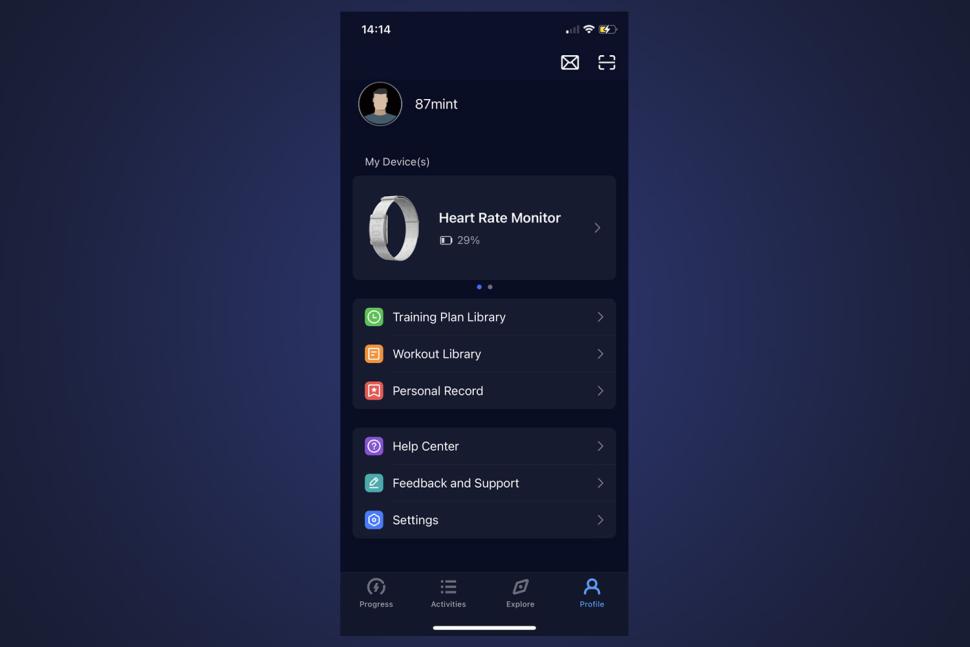


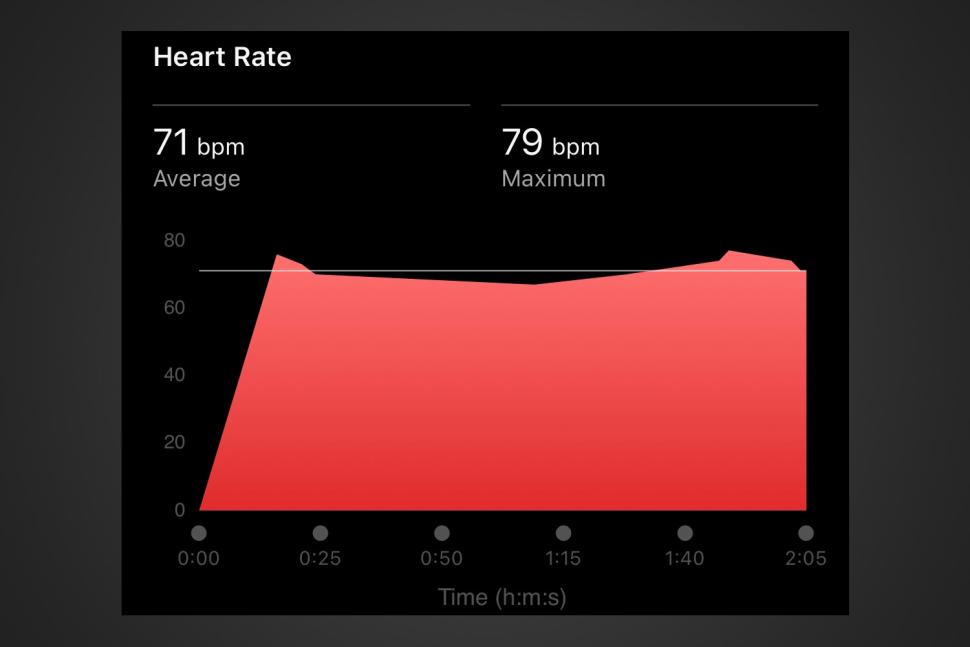














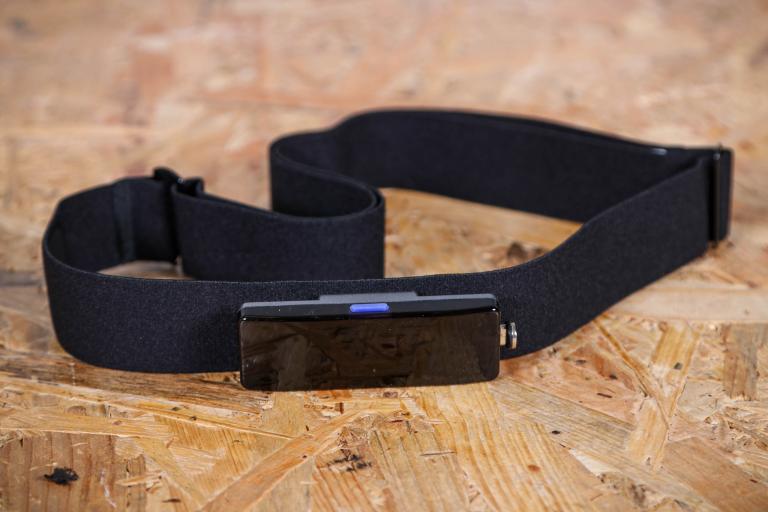
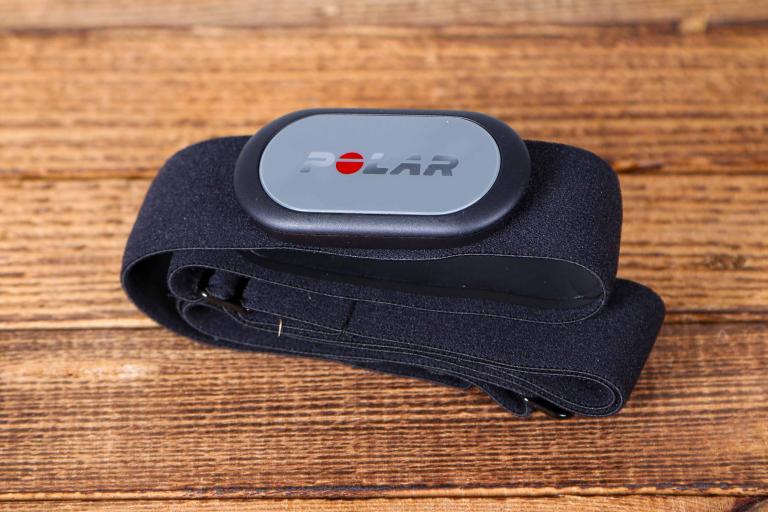

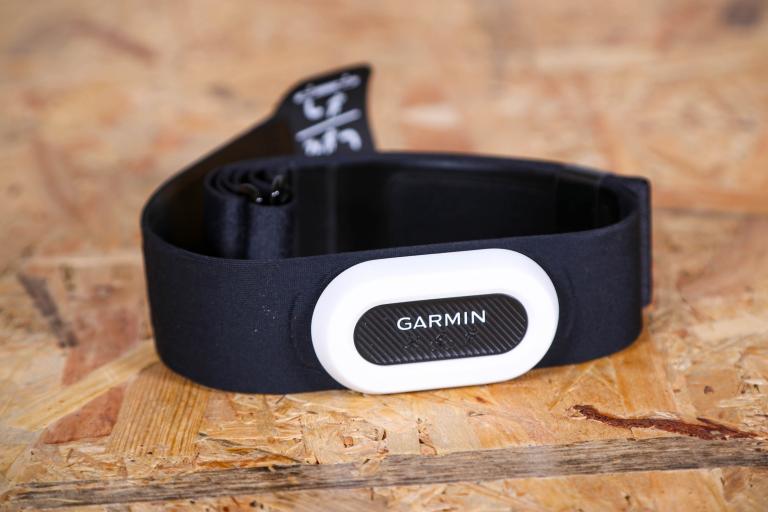
Add new comment
1 comments
I have another armband HRM (Coospo) and much prefer it over the chestband HRMs I own - they are now collecting dust in a drawer. SO much easier and less annoying to wear, I just forget I have it on.